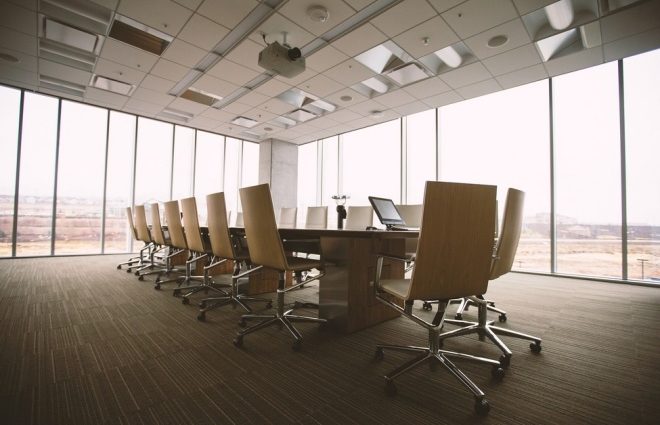A close look at the last two decades of the 21st century reveals regular economic shocks either due to human error, natural calamity or a pandemic.
Those who are now in senior management roles and were beginners back then when the world discovered SARS in 2003. Good thing was the world governments came together and before the outbreak could morph into a pandemic it was contained. But the scare was real. Another nine years went by and the MERS outbreak again threatened to disrupt global supply chains in 2012.
Mercifully it was controlled but the floods in December of 2012 in Bangkok dealt a blow to the automobile and hard-disk manufacturers globally. If these were initial trailers preparing us for the D-Day, it finally arrived in the form of COIVD-19. Humanity ultimately ran out of luck.
All the experts, military strategists and environmentalists are now on the same page that outbreaks like these can be expected regularly during our lifetime. A pandemic every five to eight years is now an accepted reality. So how can every company be ready to face reoccurring crisis? There is a five pronged strategy to dealing with a threat that lurks in not so distant future.
Contingency Plan: It’s a no-brainer. Every company should have a contingency plan and many do have it. However, COVID-19 has brought our attention to another important distinction, it needs to be in battle ready condition. Every company should earmark two weeks every six months or a year to do a dry run of the contingency plan so that everyone is on board and each component of the workforce know exactly what to do in the time of crisis. This will help the company to smoothly transit into the emergency mode the moment they come face to face with the crisis.
Clear Communication: Working under crisis situation from different locations can lead to a lot of communication static. There should be a proper communication protocol in place that’s build on a two-way process – Senior managers in contact with staff and the staff in contact with the senior managers. Similarly, inter department communications should be smooth with least number of blockages and access rules, at least during the time of the crisis. The company can revert to need-to-know basis later but in crisis situation it would lead to unnecessary loss of time, duplication and heartburn.
Context Setting: Every employee during the work form home situation or remote working or working without the physical presence of the supervisor may loose sight of the big picture and harbour grudge that she is being forced to work while the others are having fun. If a company is asking only 30 percent of the staff to work from the office premise the other 70 percent may feel left out of the action and feel underutilized. In such a situation its very important to make them understand the larger picture. This will increase the sense of commitment, belonging and self worth.
Leadership Matter: Company leaders need to lead form the front in helping every worker during context setting. They also need to work over time to boost the morale of the work force. As the Chinese Sage-General, Sun Tzu, said 2500 years ago, a general is the trigger of the martial spirit of his people, modern leader leading during crisis needs to be in constant touch with every employee if possible. Regular check-ins and motivational interventions will be critical in keeping the workforce upbeat.
HR, the Pillar of Strength: Even after all this there will be times when workers will be overwhelmed by the situation outside or within their family or within their own mind. They need to device a clear-cut policy of working hours, time outs and off days. They should also be ready to play the agony aunt and counselor when nerves of the workforce start fraying.

(Keshav Chaturvedi uses communication as a tool to help companies prepare and keep their contingency plans battle ready. This is the first of his series on surviving in the post COVID-19 world)
Image courtesy: Architect and Interiors India

